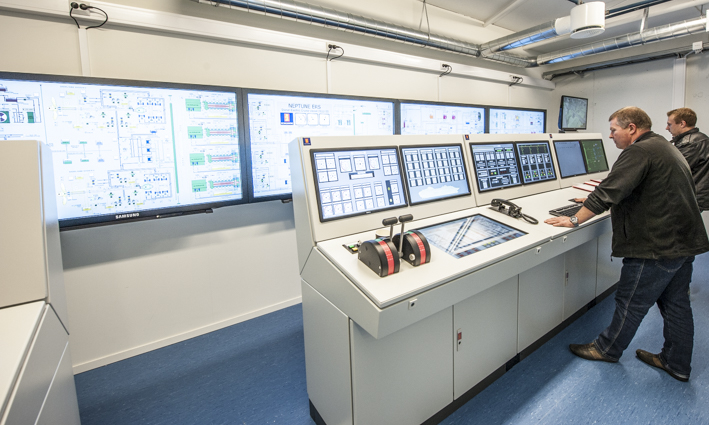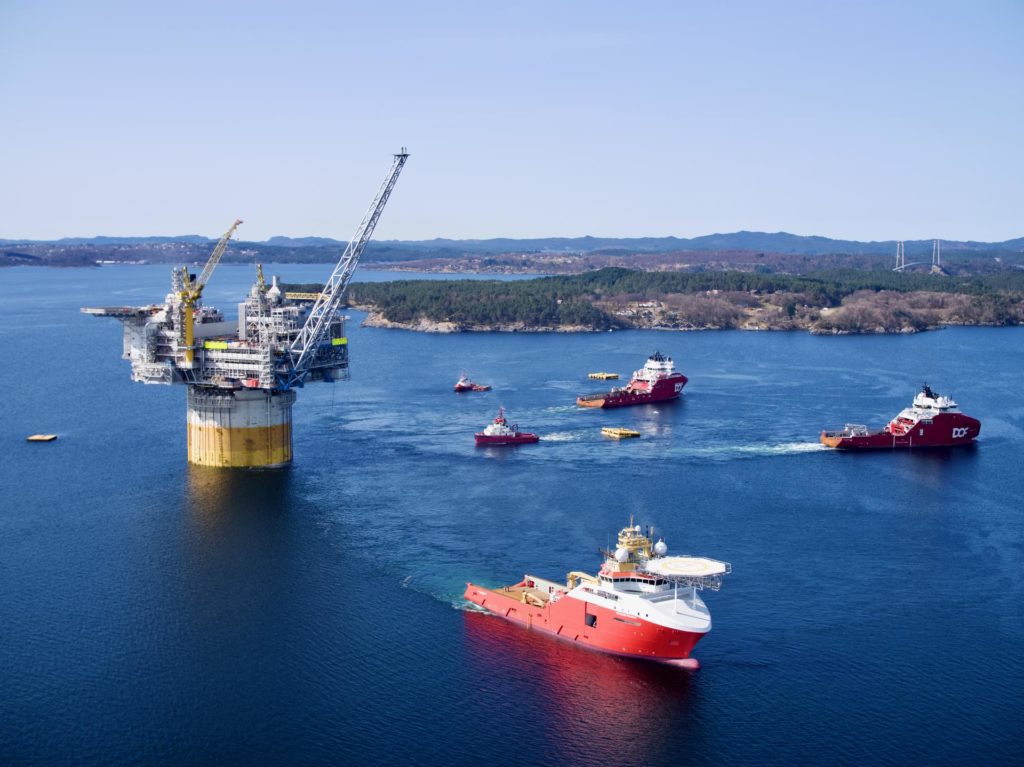
The incident with Viking Sky on the Norwegian coast last winter gave us all a frightening example on what challenging situations maritime engineers could face in an emergency. See http://simsea.ni/simblog/?0=253. There is clearly a need to make engineers more prepared to meet such situations because they will happen, like it or not. And only a handful of even our most experienced engineers have ever had to face such frightening situations.
The most effective way to establish this preparedness is by realistic and practical training based on thorough understanding of engines, teamwork, and crisis management.
We propose such training to be done in full scale engine control room simulators where the participants get an increased understanding of handling engines under various challenging conditions during ship manoeuvring in normal and emergency situations.
Participants will gain
- More insight in handling engine incidents
- Increased understanding of the necessity of leadership and planning
- Increased understanding of teamwork in emergency situations
The content of the training should be beyond the minimum requirements of STCW, and
the relevant IMO Model Courses 7.02, 7.04, 2.07, 1.39 and 1.38.
This includes:
Practical incident handling in full-scale simulators; standard manoeuvring incidents, dirty filters, pump failures, converter incidents, switchboard errors, grounding, and fire in engine room and relevant theory, like emergency preparedness and planning:
- Assertiveness, leadership, motivation, and management techniques
- Risk analysis including assessment of possible safety and pollution incidents
- Evaluation of the team’s attitudes, knowledge, skills, experience, and training needs
- Prepare and implement standard and emergency operational procedures
- Planning a voyage in normal and emergency situations; identify and consider options
- Identify limitations of time and resources, including the need for rest
- Allocation, prioritizing and co-ordination of resources including distribution of roles
- Situation awareness and risk handling competence including methods of stress-handling
- Identify root causes for incidents and appropriate measures to corrective actions
- Gathering and maintaining a common understanding of the situation
- Efficient communication aboard and with instances onshore
- Understanding culture, verbal/non-verbal communication
- Briefing; involvement and information, sharing of information and observations
- Active listening and feedback
- Decision-making in various situations and decisions that reflect the team’s experience
- Team interaction and conflict-handling
The duration of the course is 40 hours of which 20 is in a full-scale engine control room simulator (K-Sim Engine) and 8 hours of leadership theory are dealt with as interactive e-learning.
